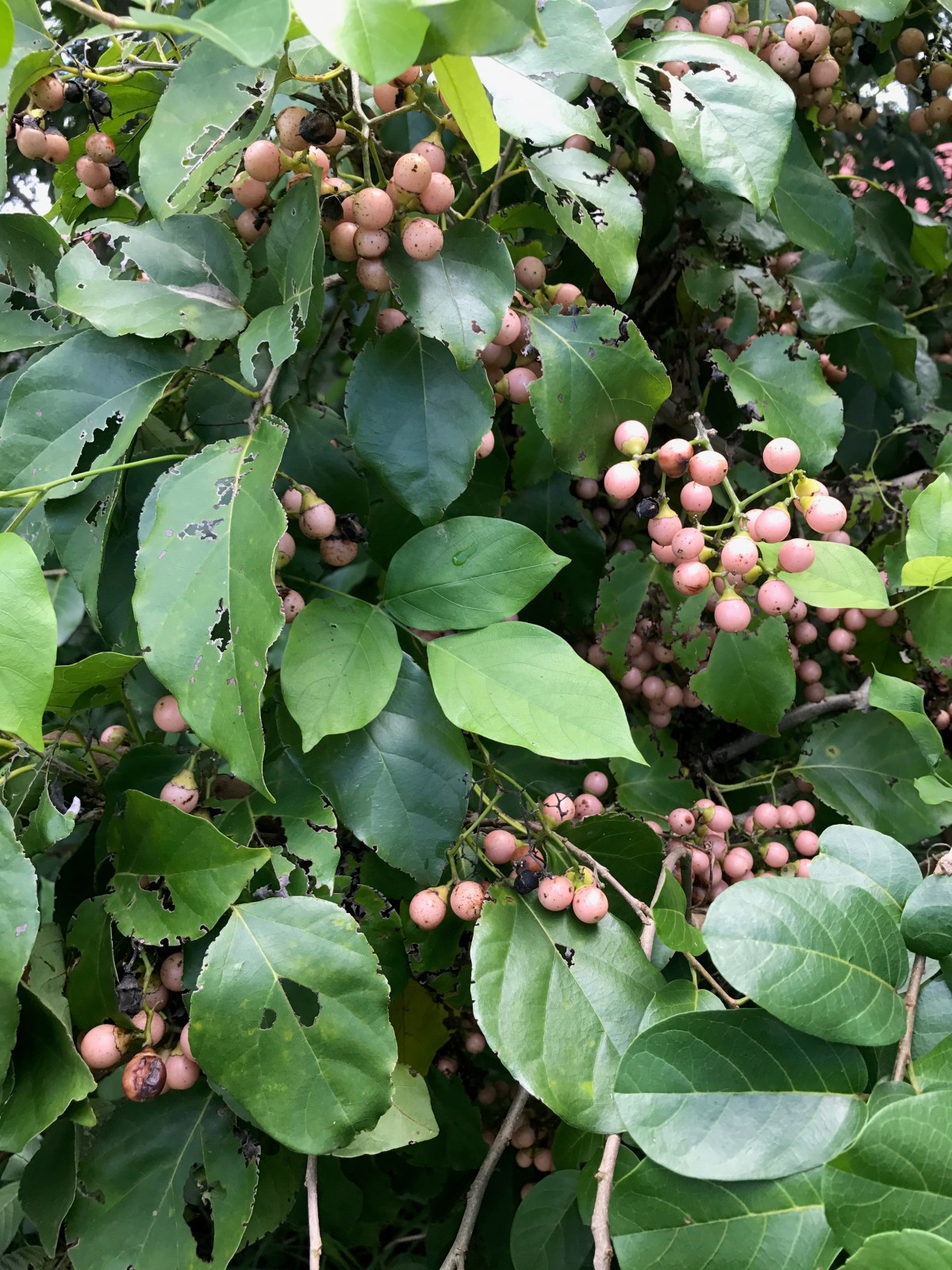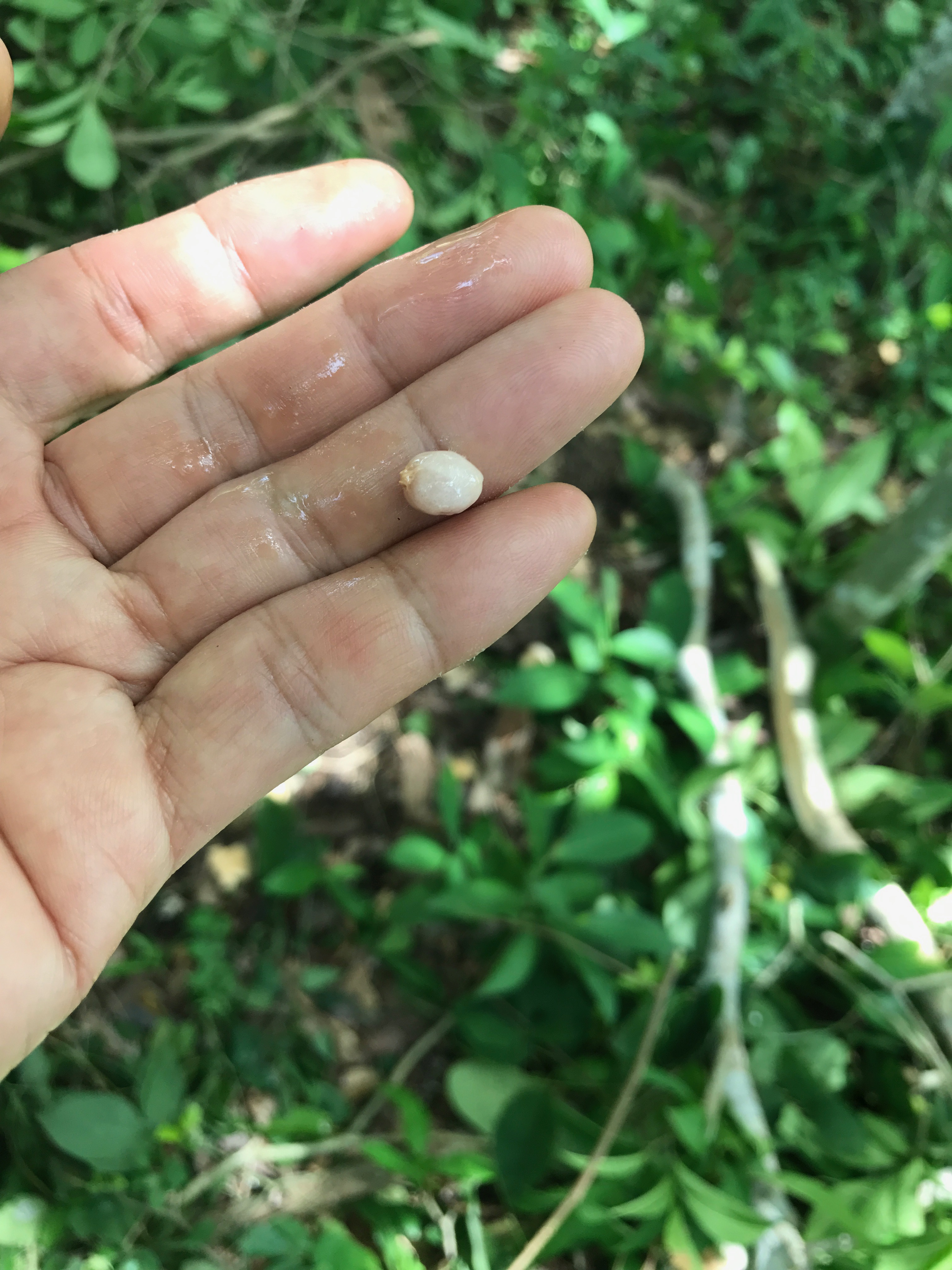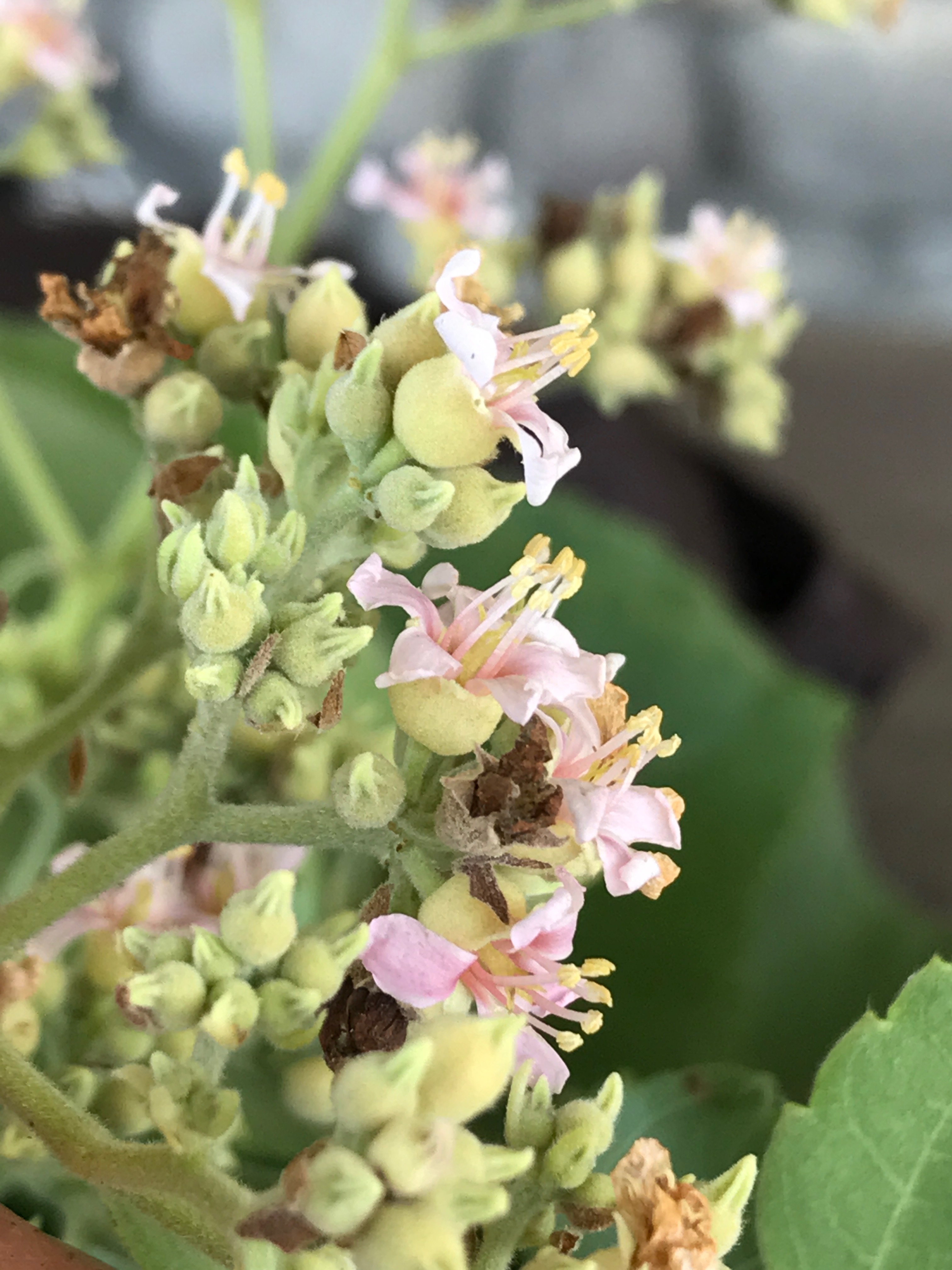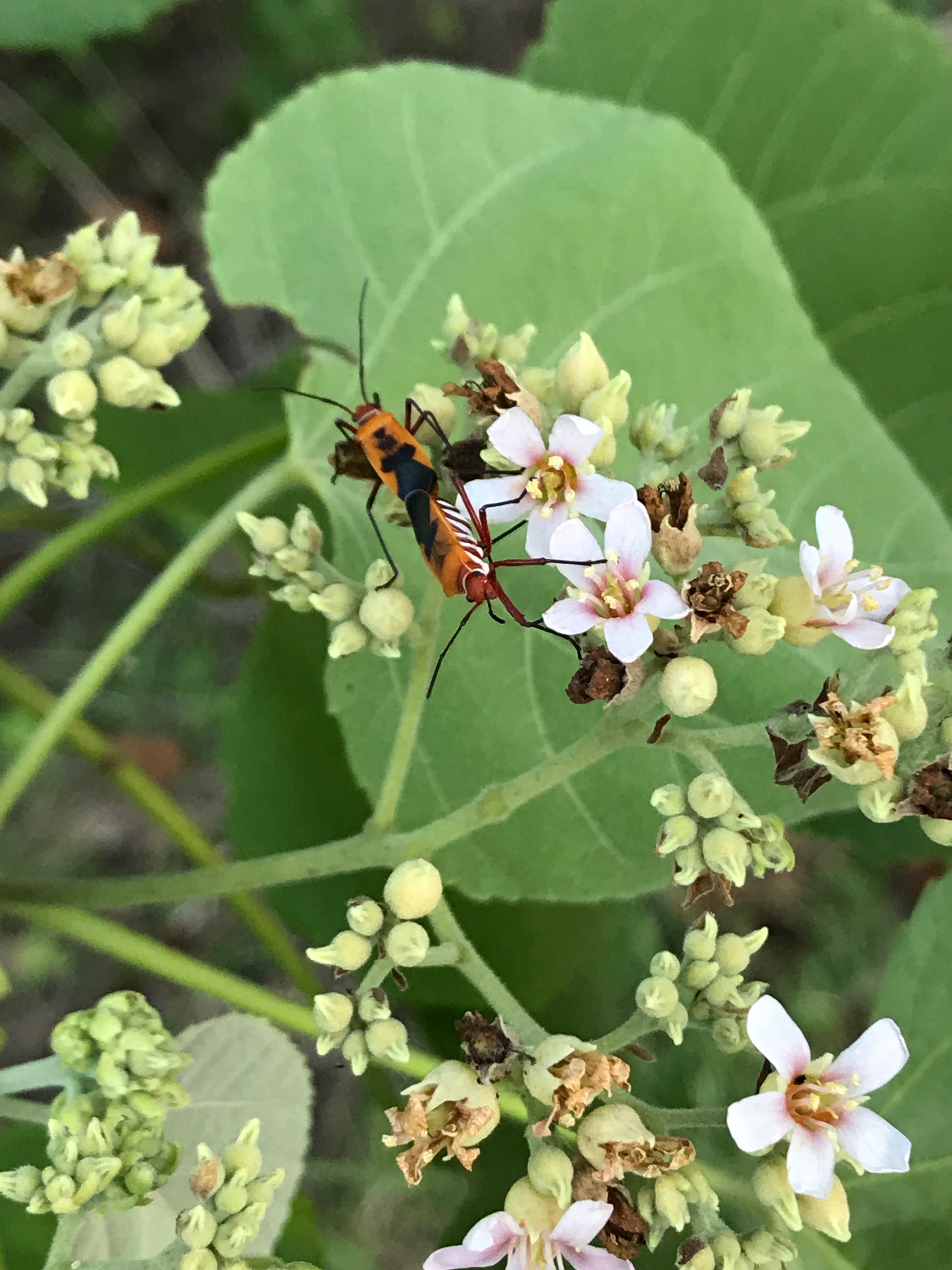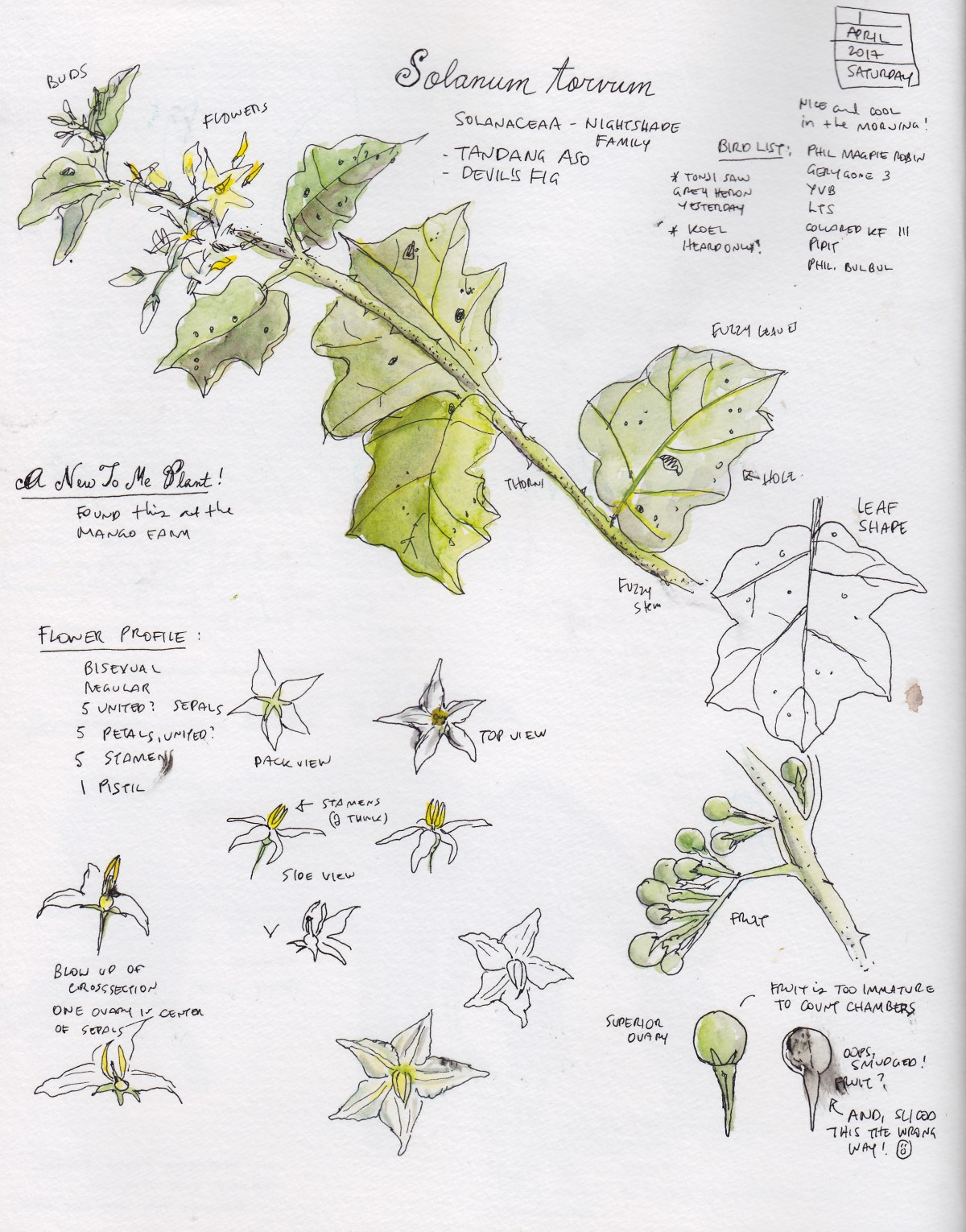2024 is shaping up to be an exciting year for our refuge!
JANUARY
Ducks in the Big Pond
First time to see Philippine Ducks in the Big Pond! Tonji saw 15 Philippine Ducks swimming in the Big Pond. We knew it was just a matter of time until the ducks discovered the Big Pond. In the meantime, we were trying to make the Big Pond as attractive to the ducks as we could by planting water plants and minimizing the human activity in the area. It was so satisfying to finally see the Philippine Ducks at the pond!


We were even able to show the ducks to friends and family that visited the refuge.




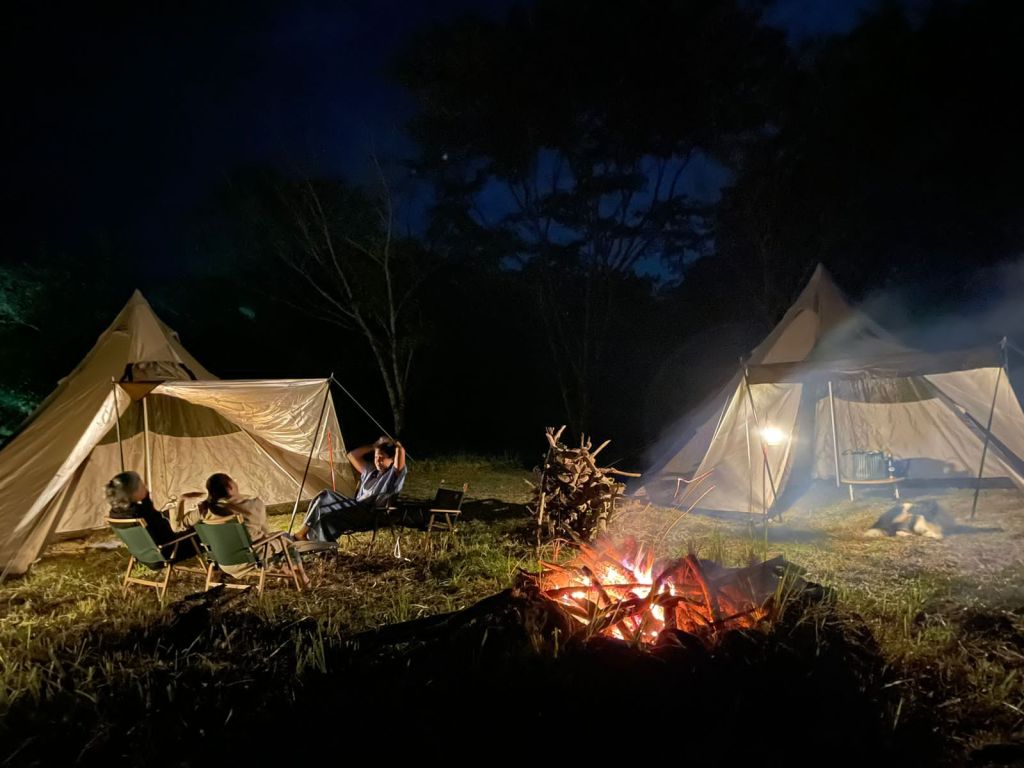
FEBRUARY
In February we had more visitors to the refuge. We started plans on upgrading our glamping set-up to make it easier to have visitors. We met up with the building crew to discuss the new guest house and they were all agog about seeing so many ducks! How many ducks? They couldn’t really say. Maybe 20, maybe 40. The building crew were in the refuge early in the morning when they saw many ducks fly out of the Big Pond, circle overhead, then land back in the Big Pond. We were very happy and excited to hear that there were many ducks, even if we didn’t know how many. And even better news was that they appeared intent on staying in the Big Pond.




MARCH
In March we started keeping track of the number of Philippine Ducks in the refuge. There is a big group that stays in the Big Pond and 2 ducks that appear to stay in the Water Lily Pond.
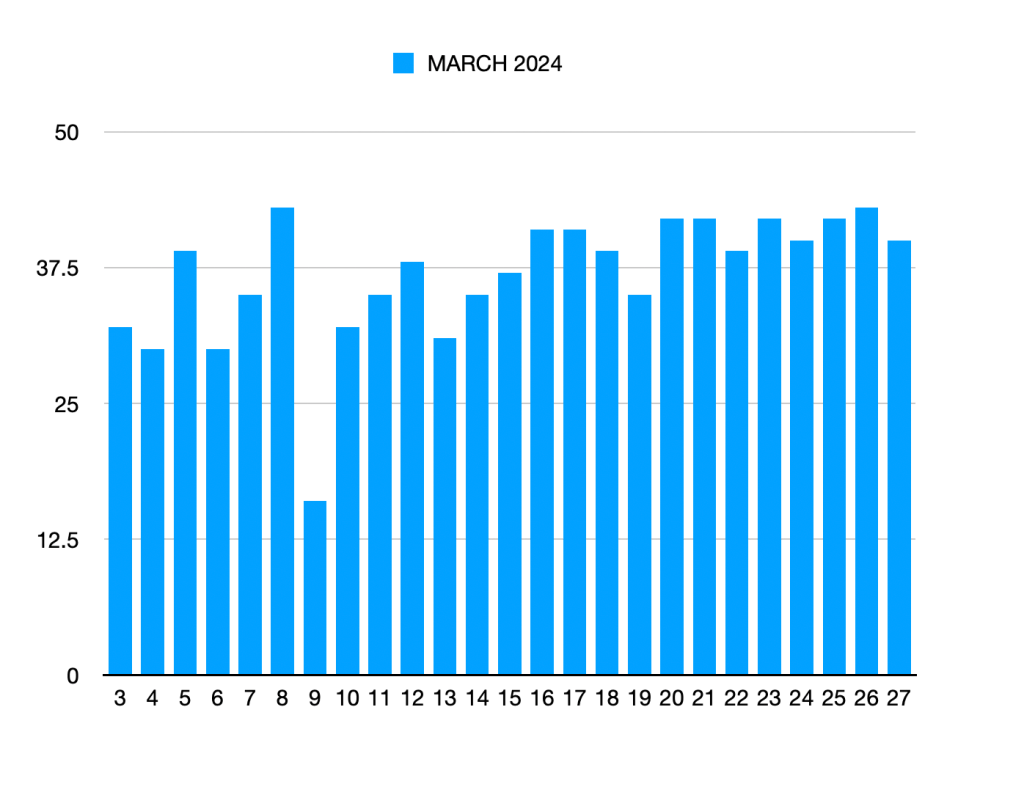
We started keeping track on March 3 and had 32 ducks. That’s 12 more than our highest previous count of 20 Philippine ducks in the Water Lily pond in November 2023. Our new highest count is 43 ducks in the Big Pond on March 8 and March 26. If we assume that the pair of ducks in the Water Lily Pond do not go to the Big Pond, then that makes it a possible 45 Philippine Ducks in the refuge! Almost 50 ducks!!
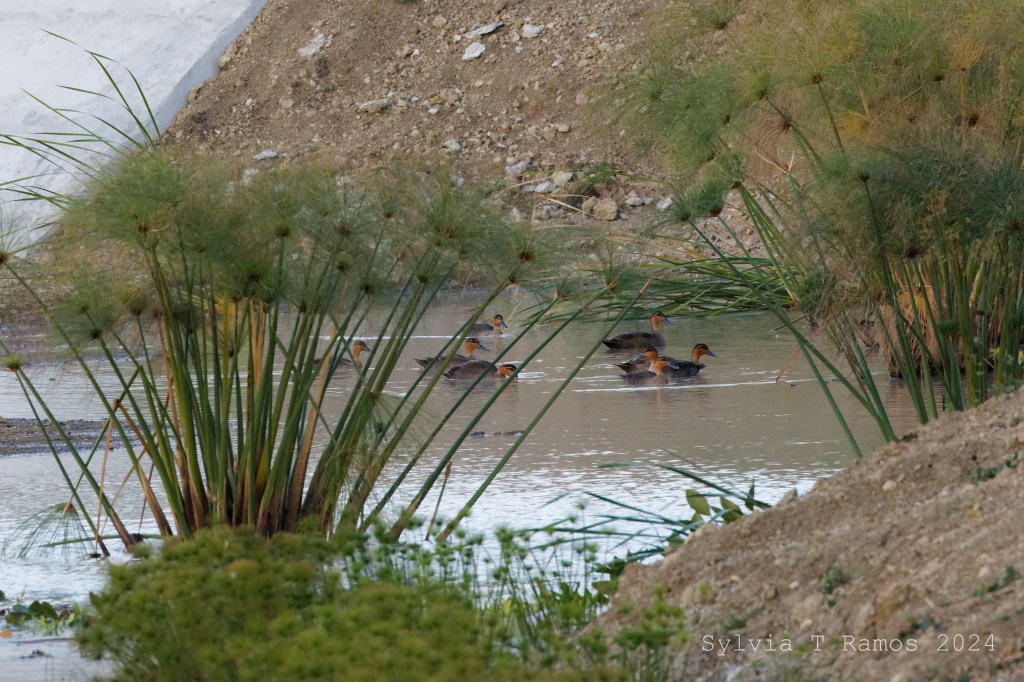
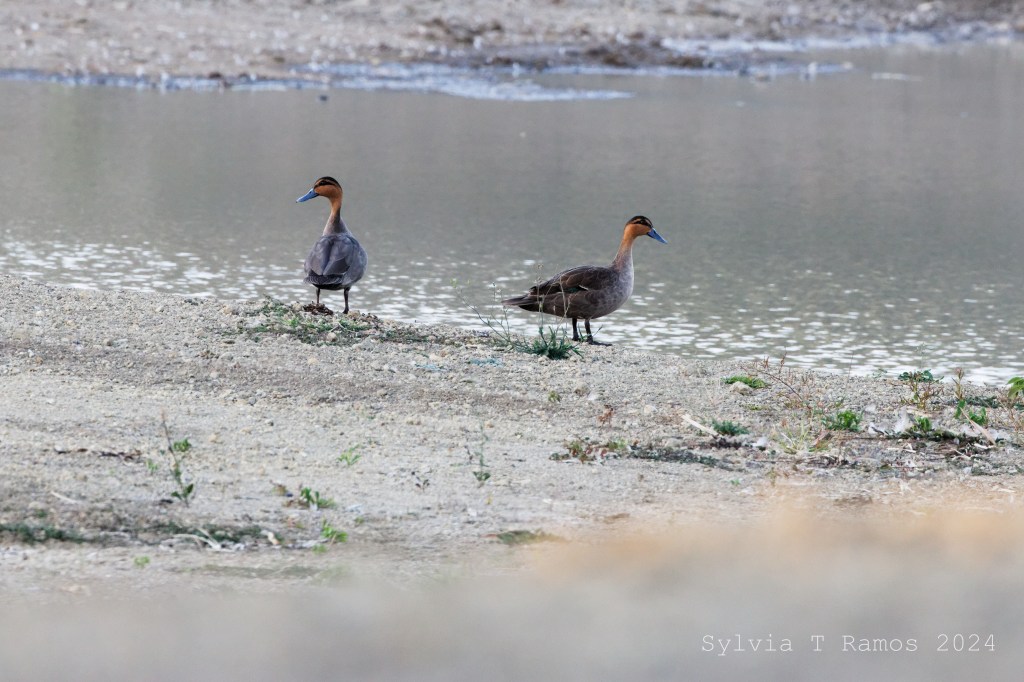
I am looking forward to planting more Typha or bullrushes at the Big Pond. They are supposed to spread and even become weedy, but so far the ones we have planted are looking sparse. We have also planted giant papyrus, dwarf papyrus, water lilies, lotus, and sagittaria. I think the plants make the pond much more attractive to the birds.
New plants
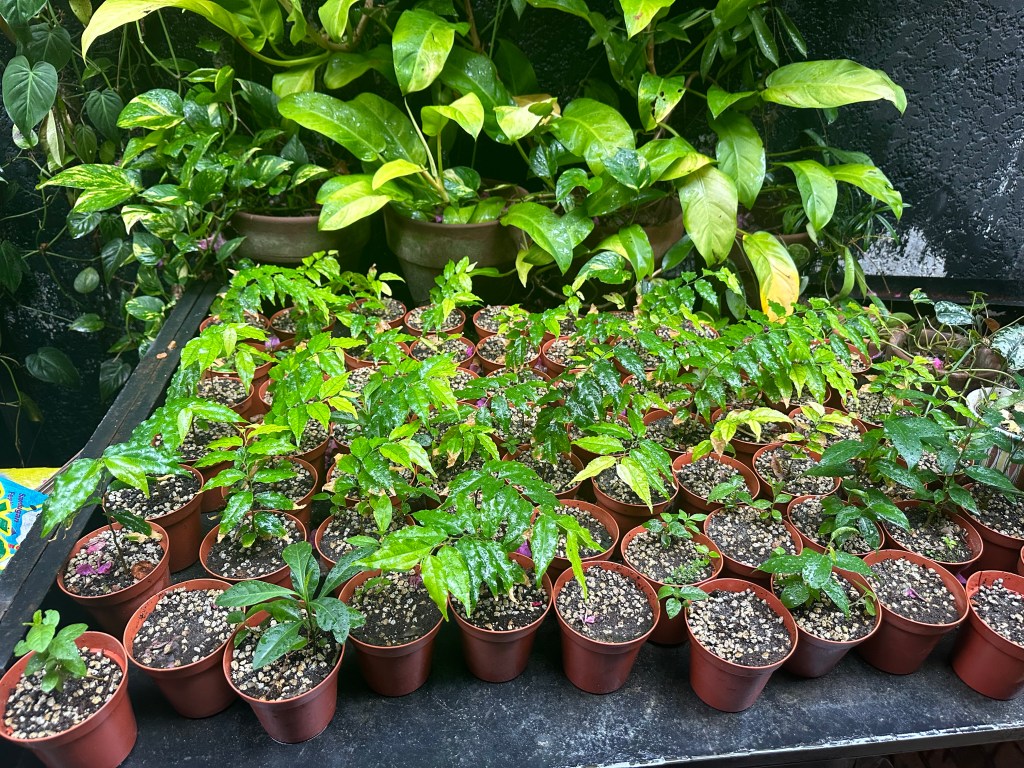

Not duck related — these are seedlings that I am growing at home in Alabang. The seriales Flacourtia jangomas or Governor’s Plum were planted from seeds that I bought on Facebook. The Dao seedlings are from seeds we picked up while walking the dogs in Alabang.
New bird!
Tonji photographed a Green Sandpiper! That makes it 108 species for the refuge. Photos and details to follow.

